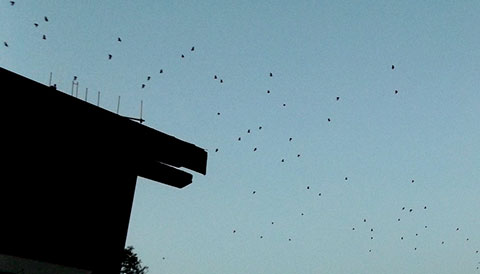
Every evening, after sundown, before dark, in what I guess we can claim as twilight, a seemingly endless stream of bats fly over my place, heading out for the night’s feeding.
From my deck I watch the streams of flying dots, fascinated as the odd one turns back or the strands split up, until the sky is too dark to distinguish them.
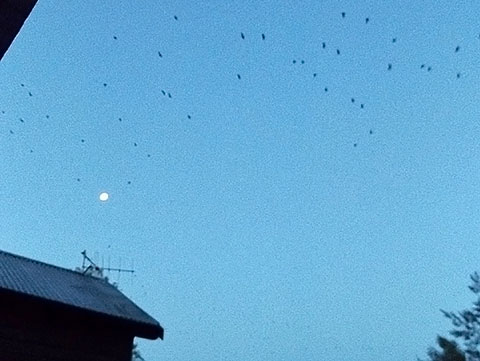
They are clearly heading for different feeding places, but how do they decide who goes where, and why do some individuals get their signals mixed up?
The ‘bats’ are actually Grey-headed Flying-foxes, and have about 20 different calls. They navigate by sight and find food by smell. So maybe the meandering individual’s senses are just a bit off that evening.
More numerous than my head can guess at, but in the thousands seems right. They come from their home in the regenerated Wingham Brush.
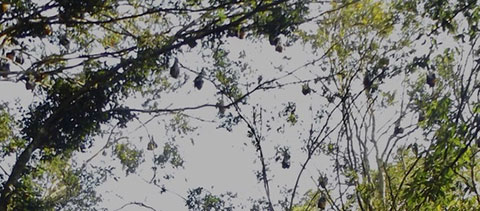
Thousands of Grey-headed Flying-foxes literally hang out there by day, small swinging parcels wrapped up in leather shawls.
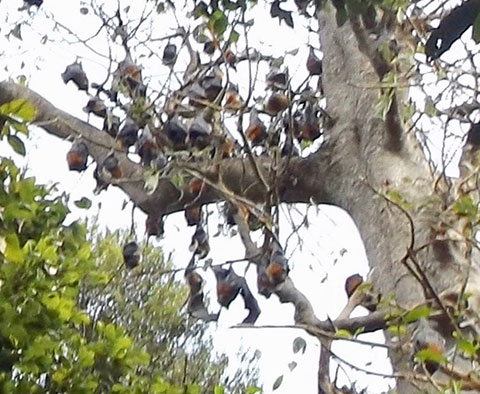
Even if you don’t look up into the Giant Stinging Trees, the Strangler Figs and many other rainforest trees, you can’t remain unaware that this is their place — the smell, for a start, and then the chattering and squeaking, the restless movements above, even when they are supposed to be sleeping.
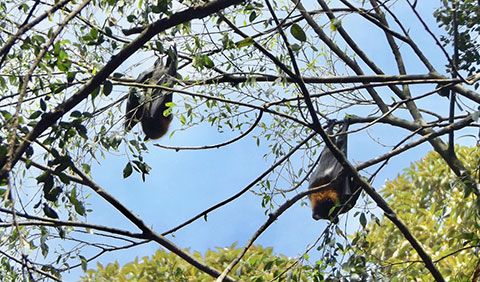
I find them fascinating, and delight in having such a thriving colony in my area. These ‘Flying Foxes’ — quaint name! — seem very social. Some hang by one hand and air their wings, others visit next door camps.
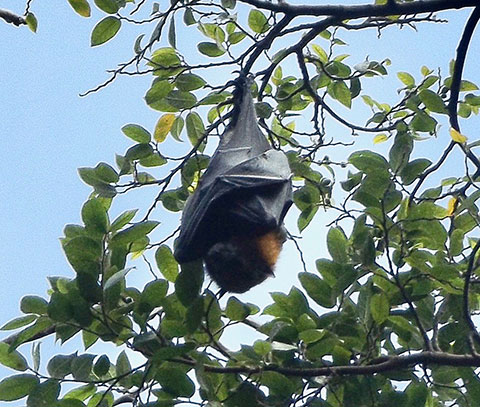
So each time I watch the flying dots pass over, I give thanks that at least one species still has enough habitat here. I hope enough destination feeding forests will remain too, of eucalypt blossoms and nectar, of native fruits like lilli-pillis.
If not, we force them into ‘our’ patches and complain.